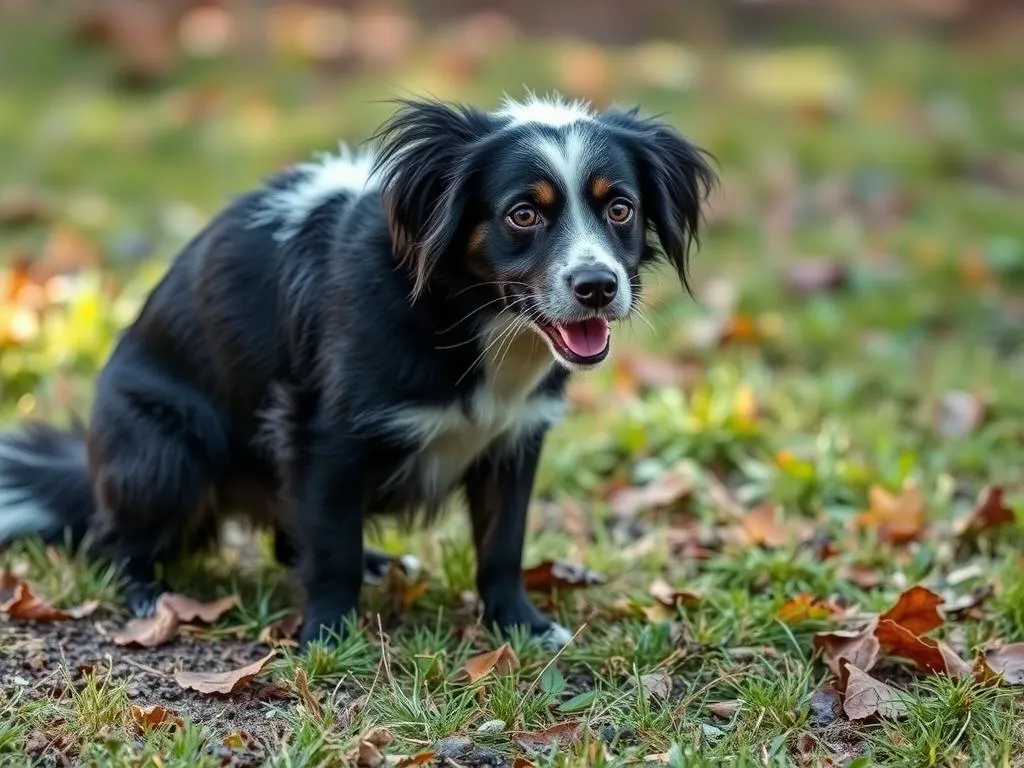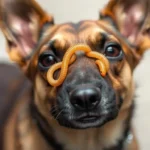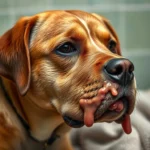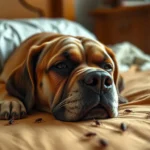
Introduction
Encountering a skunk can be a startling experience for both dogs and their owners. The pungent spray produced by skunks is not only unpleasant but can also pose challenges for your furry friend. If you’re wondering what to do if your dog gets sprayed by a skunk, prompt action is crucial to minimize the effects of the odor and ensure your dog’s well-being. In this article, we will explore the composition of skunk spray, immediate actions to take, effective deodorizing techniques, bathing best practices, health considerations, and long-term solutions for preventing future encounters.
Understanding Skunk Spray
What is Skunk Spray?
Skunk spray is a defensive mechanism produced by skunks, primarily made up of sulfur-containing compounds known as thiols. These chemicals give skunk spray its notorious, lingering odor, which can be incredibly difficult to remove from both dogs and human clothing. When a dog gets sprayed, the thiols can irritate the skin and eyes, leading to discomfort. Understanding the nature of skunk spray is essential in determining how to effectively manage the situation.
Why Do Skunks Spray?
Skunks spray as a form of self-defense. When threatened, they can accurately spray their foul-smelling liquid from a distance of up to 10 feet. Common scenarios leading to skunk encounters include nighttime walks, unexpected interactions with wildlife, or even playing in the yard. Dogs, driven by their curiosity and playful instincts, may provoke skunks without realizing the potential consequences.
Immediate Actions to Take
Assessing the Situation
The first step after your dog gets sprayed is to assess the situation. Check your dog for any signs of distress or injury. Look for excessive drooling, pawing at the face, or signs of pain. Keeping your dog calm and contained is vital; a stressed dog may inadvertently roll in the spray, making the situation worse.
Initial Cleanup Steps
After evaluating your dog’s condition, the next step is to remove them from the sprayed area. This helps prevent further exposure to the skunk’s odor. Avoid common mistakes such as bathing your dog immediately with water, as this can spread the oils and worsen the smell. Instead, focus on cleaning your dog with a suitable solution.
Dealing with the Odor
Homemade Deodorizing Solutions
One of the most effective and popular homemade solutions to neutralize skunk odor involves a few common household ingredients. Here’s a simple recipe to make your own skunk odor neutralizing solution:
- 1 quart of hydrogen peroxide (3%)
- ¼ cup of baking soda
- 1 teaspoon of dish soap
Step-by-Step Instructions:
-
Mix Ingredients: In a large bowl or bucket, combine the hydrogen peroxide, baking soda, and dish soap. Mix well until the ingredients are combined.
-
Apply the Solution: Wearing gloves, apply the solution to your dog’s fur, focusing on the areas most affected by the spray. Be careful to avoid your dog’s eyes, ears, and mouth.
-
Let Sit: Allow the mixture to sit on your dog’s coat for about 5-10 minutes.
-
Rinse Thoroughly: Rinse your dog with lukewarm water until all the solution is washed out.
-
Repeat if Necessary: If the odor persists, you may need to repeat the process.
Commercial Products
If you prefer using store-bought products, there are numerous commercial skunk odor removers available. These products often contain specialized ingredients designed to break down the thiols in skunk spray.
Pros and Cons:
- Pros: Convenient and often highly effective, requiring less preparation time.
- Cons: Some products may contain harsh chemicals that could irritate your dog’s skin or cause allergic reactions.
Bathing Your Dog
Best Practices for Bathing
After applying the deodorizing solution, it’s essential to properly bathe your dog. Here are some best practices to keep in mind:
- Use Lukewarm Water: Always use lukewarm water to ensure your dog is comfortable during the bath.
- Gentle Shampoo: Use a gentle, pet-friendly shampoo to help further clean your dog’s coat. Avoid using human shampoo, as it may not be suitable for your pet’s skin.
Post-Bath Care
Once you have bathed your dog, drying them properly is vital to prevent chills. Use a clean towel to gently dry their coat, avoiding any rough rubbing that could irritate their skin. If your dog enjoys it, you can use a blow dryer on a low setting, keeping it at a safe distance.
Tips for Keeping Your Dog Comfortable
After the bath, offer your dog some comfort. This could include a favorite blanket, some gentle petting, or a treat to help them relax after the unexpected ordeal.
Health Considerations
When to See a Veterinarian
While many dogs will recover from a skunk spray with proper cleaning, it’s essential to know when to seek veterinary care. If your dog shows signs of excessive drooling, vomiting, difficulty breathing, or any unusual behavior, contact your veterinarian immediately. These could indicate a more severe reaction to the skunk spray or an underlying health issue.
Potential Health Risks from Skunk Spray
In addition to the unpleasant odor, skunk spray can cause health risks. The chemicals in the spray can irritate your dog’s eyes, leading to redness or excessive tearing. In some cases, dogs may develop allergic reactions to the thiols, resulting in skin irritation. Monitoring your dog for any adverse effects in the days following the incident is crucial.
Preventative Measures
To reduce the likelihood of future skunk encounters, consider training your dog to avoid wildlife. Teaching your dog commands such as “leave it” can help keep them safe during walks. Additionally, keeping your yard well-lit and free of food that may attract skunks can deter these creatures from coming near your home.
Long-term Solutions
Odor Persistence
It’s essential to understand that skunk odor can linger for days or even weeks if not adequately addressed. If the smell persists despite your cleaning efforts, consider additional treatments such as:
- Professional Grooming: A professional groomer may have access to specialized cleaning products and techniques.
- Odor Neutralizing Sprays: Look for products specifically designed to eliminate lingering pet odors.
Behavioral Adjustments
Reinforcing training after a skunk encounter is vital. Engage in safe outdoor activities that keep your dog away from skunk habitats. Regularly walking your dog on a leash, especially during dusk and dawn when skunks are most active, can significantly reduce the chances of an encounter.
Conclusion
Knowing what to do if your dog gets sprayed by a skunk can make a challenging situation much more manageable. From immediate actions to effective deodorizing techniques and understanding health considerations, being prepared is key. Remember to act promptly, remain calm, and monitor your dog’s health following the incident. With the right approach, you can help your furry friend recover from this unpleasant experience and reduce the likelihood of future encounters with skunks.
By being proactive and prepared, you can ensure that your dog stays safe and healthy while enjoying the great outdoors.









